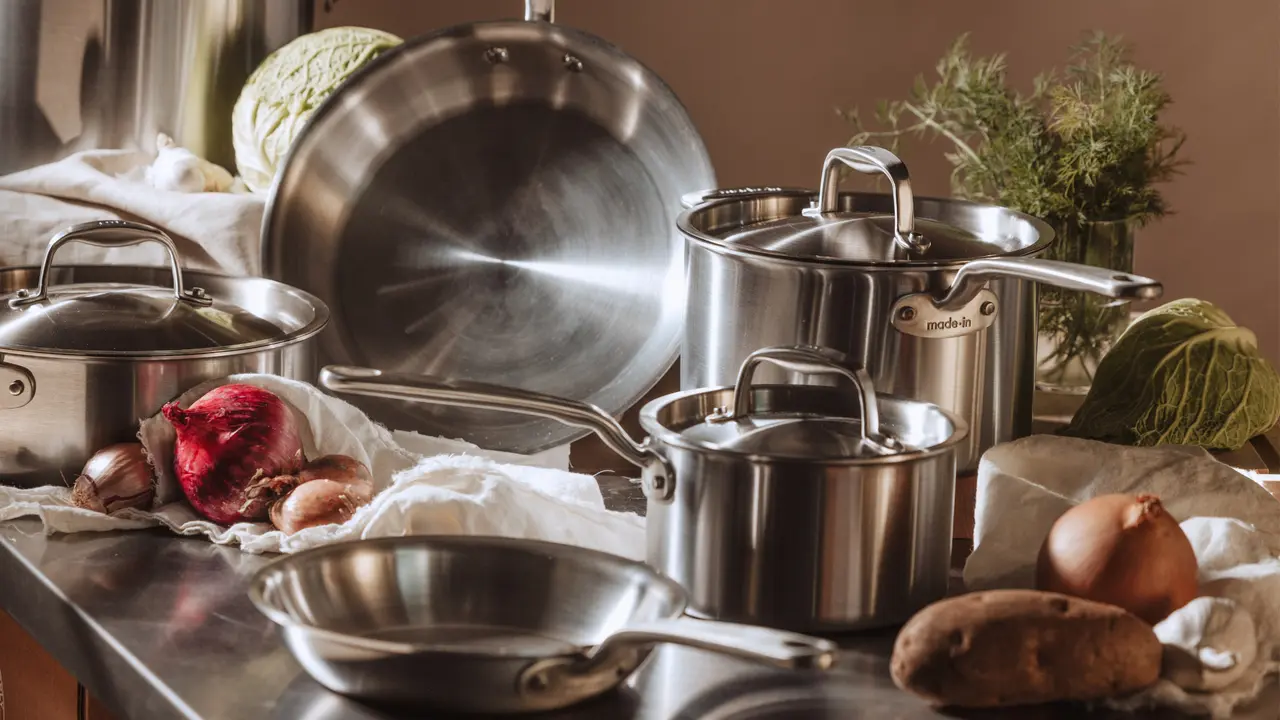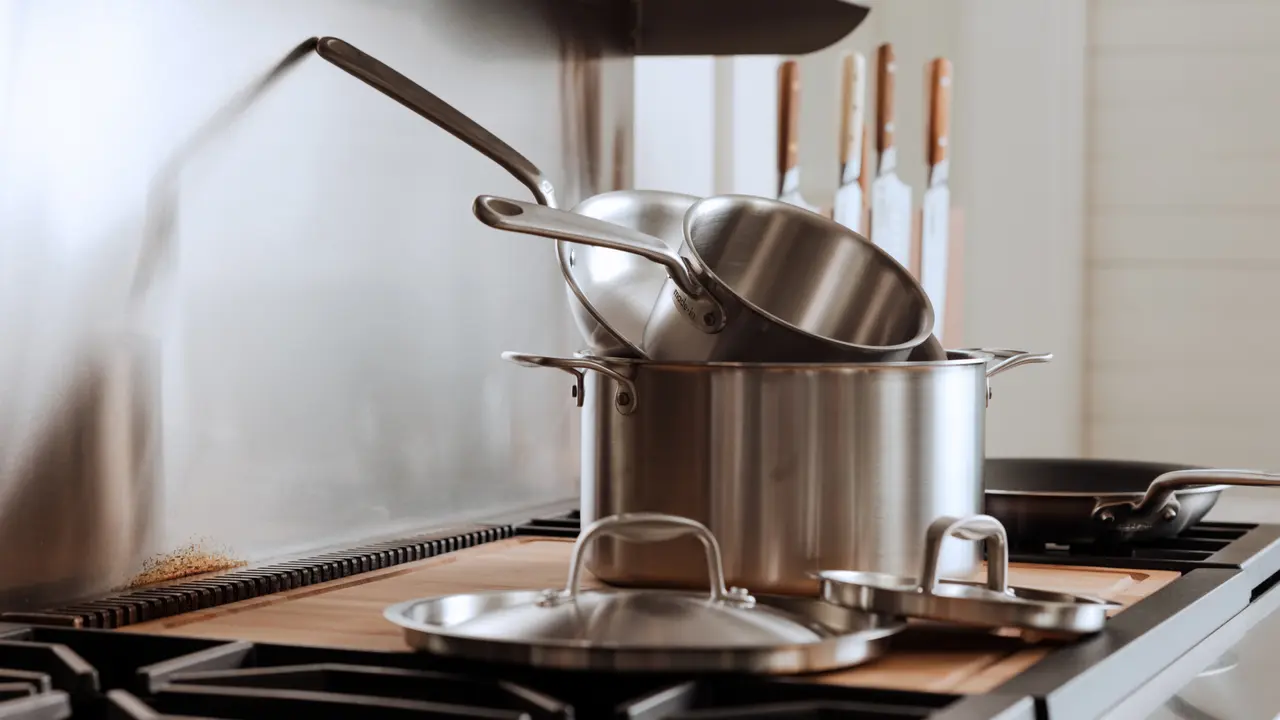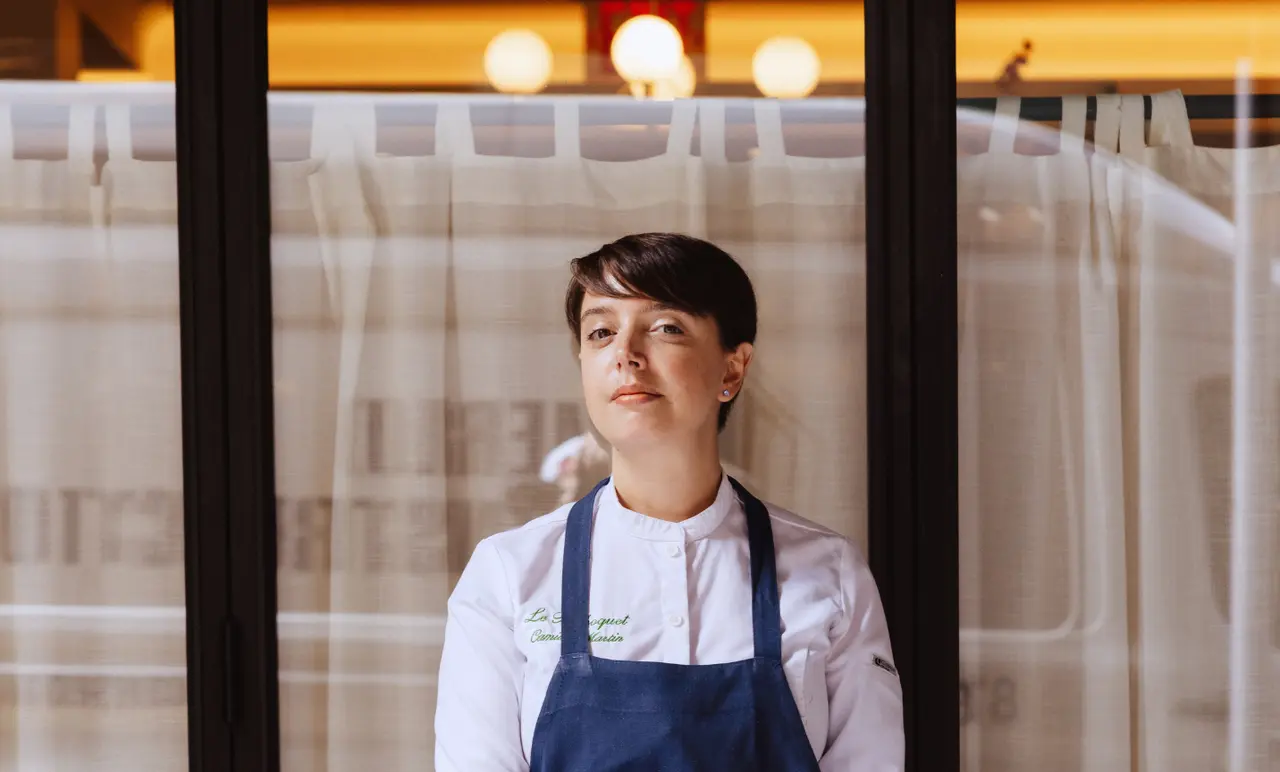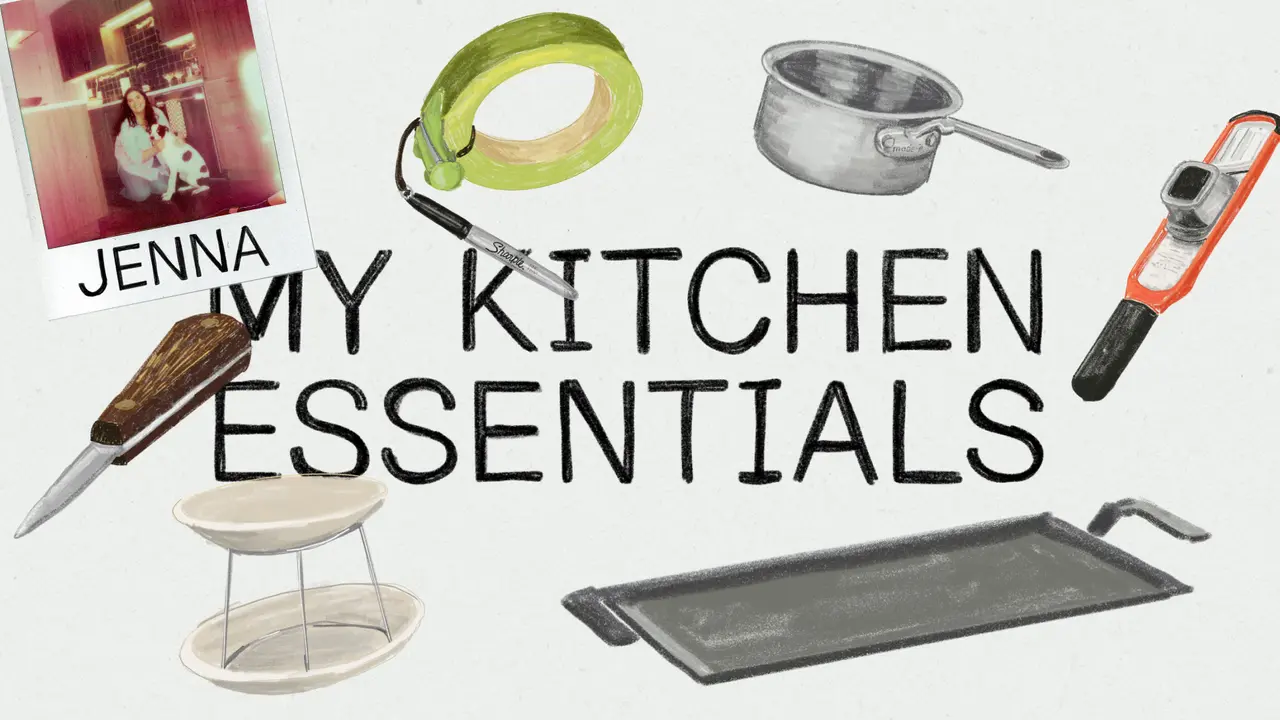With restaurants having to fight for their lives in the age of COVID, many are faced with new challenges that no one saw coming. Ensuring proper distance between customers is probably the most tricky, as well as enforcing brand new health and safety guidelines from the CDC. With that in mind, many people have asked, is this really the time to be consuming a 20-lb burrito stuffed with mozzarella sticks? Or a pint of ice cream in the shape of sushi, complete with candy “seaweed” and “masago” sprinkles? That last one isn’t real, but it wouldn’t be hard to imagine.
At one time, this “shock and awe” tactic was pretty much the only way to get a press hit. Create some culinary monstrosity with some unique appeal (inject cheese into a burger, wrap a spicy tuna roll in cheese, anything with cheese, honestly), and the customers will flock to your business en masse. Now, is that still true, or is it just a visual form of clickbait? Something to get a like or a follow, but not actual traffic? It depends on who you ask.
There is definitely plenty of evidence to prove the success of this trend. Black Tap, for example, created an empire after they launched their “Crazy Shakes”, and multiple other restaurants followed suit with their own versions. But, when does it become overkill? And how, especially now, can a restaurant justify the cost if they can barely make rent?
First and foremost, let’s not assume that every restaurant out there is suffering. Some have actually done well during the months of shut down, especially ones that operate primarily as takeout/delivery to begin with (i.e. pizza, sandwiches), and many were able to pivot easily to change their business model to delivery only. Unfortunately, at the same time, there were plenty of restaurants that didn’t have a choice but to shutter their doors completely and wait it out. It’s been an unbelievably sad time for the hospitality industry, with very little light at the end of the tunnel.
Now that dining out has resumed (for the most part), restaurants and marketers are doing everything they can to get customers back. Is this where the trend makes a reappearance?
“I think Instagram food trends are always going to be there, because they are ‘trends’, meaning they change with the times,” says Jenna Murray, a freelance social media manager in New York. “There will definitely be a shift, but it could go either way. I can see it becoming even more aggressive to draw people out of their homes and into restaurants to experience dining in real time again, but the more probable outcome in a post-COVID world is going to be more thoughtful and less indulgent menus. A lot of times it’s a huge waste of product; COVID has made restaurants really see what they need to survive.”
The creation of “over the top” dishes comes at a price, and it’s usually a steep one, for the restaurant AND the customer. At what point does the restaurant say “enough”? And more importantly, do they want to?
“No one we know has stopped “over the top” because they’re still going strong with takeout and delivery [and outdoor seating]” says Rebecca West, co-founder of Devour Media (@devourpower on Instagram with over 1 million followers), adding that it’s the job of the customer to not let food go to waste, not the restaurant. “Just because something is “over the top” doesn’t mean it’s wasteful - it’s up to us as individuals to do our part in eliminating waste - not the restaurant.”
Along those same lines, people have made the case for it being a creative outlet for the chef, as well as a way to have fun/engage with their customers. Many chefs enjoy the process, but their social media managers maintain that there needs to be a balance, especially now. Nearly everything they once knew has changed, and they know they need to adapt, and quickly.
“Most of our clients are eliminating the “over the top” items to limit purchasing extra ingredients, as well as fine-tuning their menu to the essentials or best sellers,” says Drew Ayasse, founder of Block & Ave, a digital marketing agency in NYC. “We do think there can be a balance of creative and ingredient-conscious menus, and this will more than likely be temporary, as so many places find themselves needing these excessive items to be found or gain PR attention. As we all know, ‘the phone eats first’, which makes the industry pressured to develop these ideas.”
Perhaps that’s the main problem: putting unfair pressure on restaurants to go along with this trend of “over the top” food just to grab attention and hopefully business, in a time when grappling for business is already difficult.
While it seems clear that the trend will most likely not go away completely, everyone sounded hopeful that moving forward, it will probably become smarter. Perhaps next time we see a car made out of pancakes, it will be easy to share amongst a group (therefore eliminating waste), while still being visually appealing and/or jaw-dropping.






















